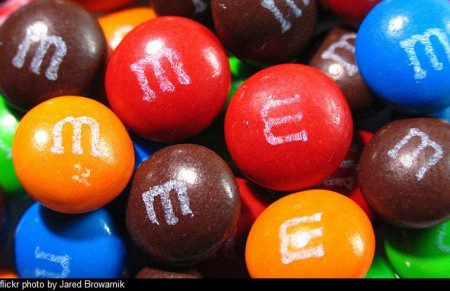Hey guys – this is where 1st Period Chemistry posts results for the Half-Life Simulation lab. You’ll just list your data from the first data table as a comment – just like you comment every week, except this time you are just listing the data from the first data table.
Don’t forget that your results must be posted by Saturday, Jan. 26, by 8:00 A.M. The lab report is due by 8:00 A.M. on Tuesday, Jan. 29 – save as a PDF to both your Google Drive Chemistry Shared folder AND turnitin.com.
Remember, you don’t have to use candies; you may use coins or anything else that has two sides. Please note that you are to post the number of “radioactive” nuclides remaining after each toss.
Just to clarify, everything on the lab sheets will go in your lab report on that you will post on Google Drive: Title, Objective, Procedure, Observations (with data table), Conclusion, and Questions. Don’t forget that your graph needs to be either a full page graph that you do on Excel or a similar program, or you can draw a full page graph on graph paper, scan a very clean, sharp copy and copy it into your lab report. And don’t forget that the analysis questions, calculations, graph, etc., go after your conclusion.
Happy counting – and wait until AFTER the lab to snack!! 🙂

flickr photo by Jared Browarnik

